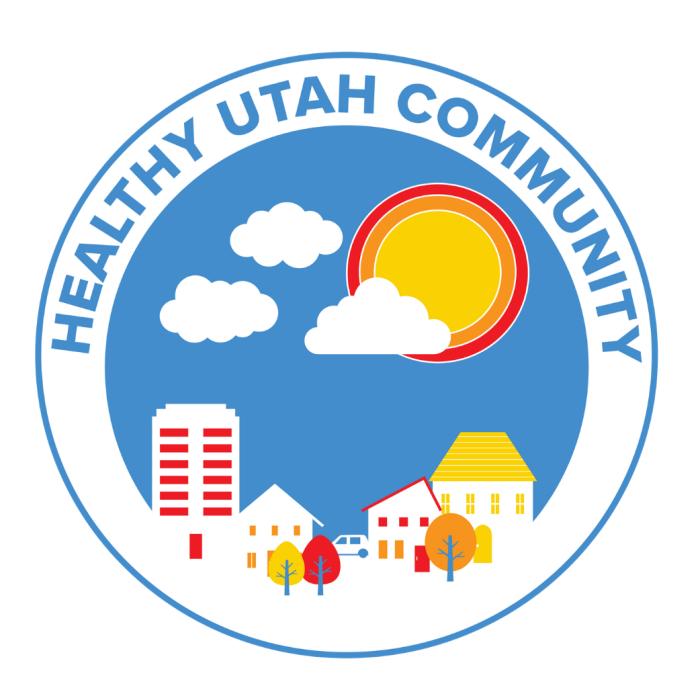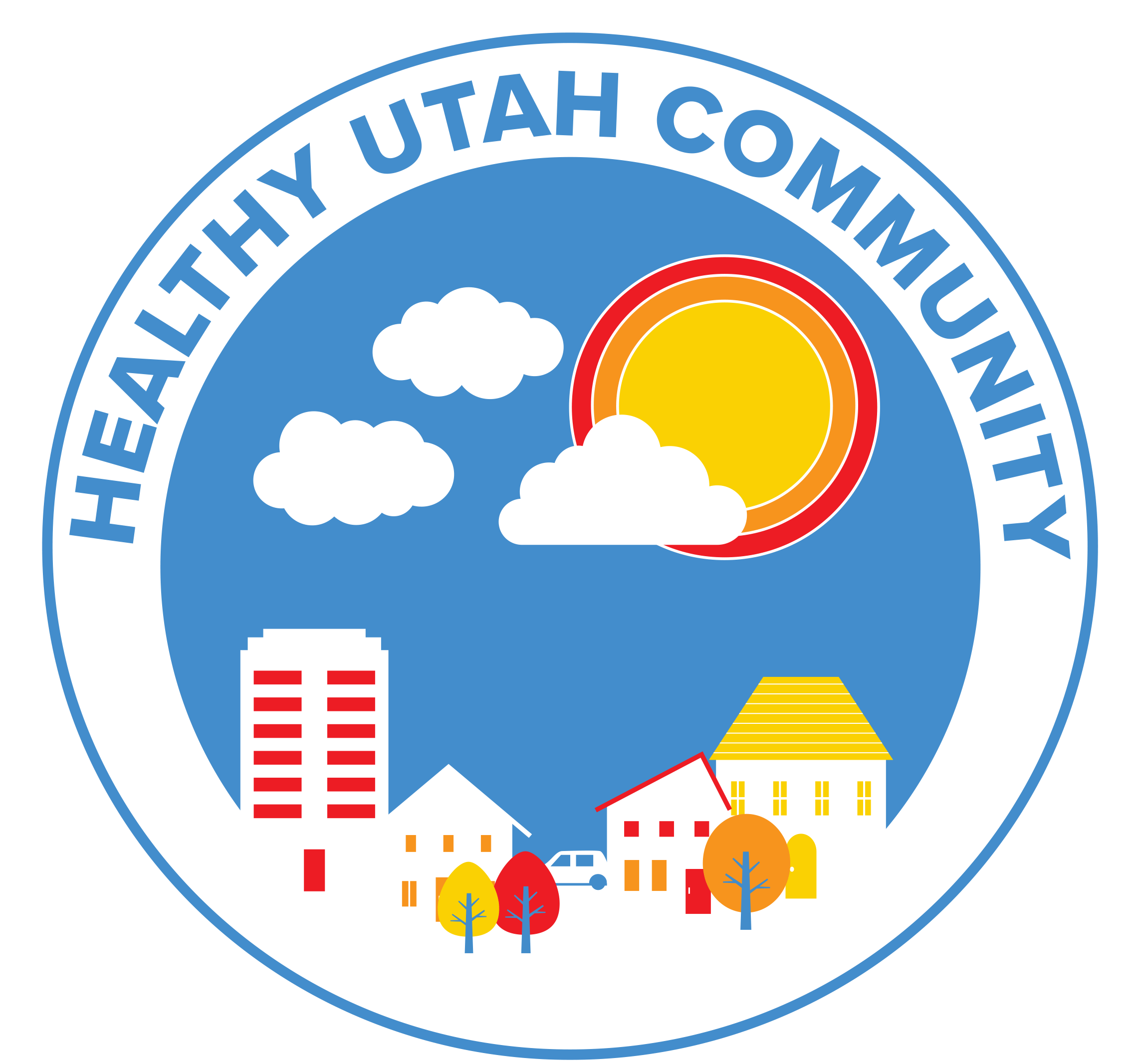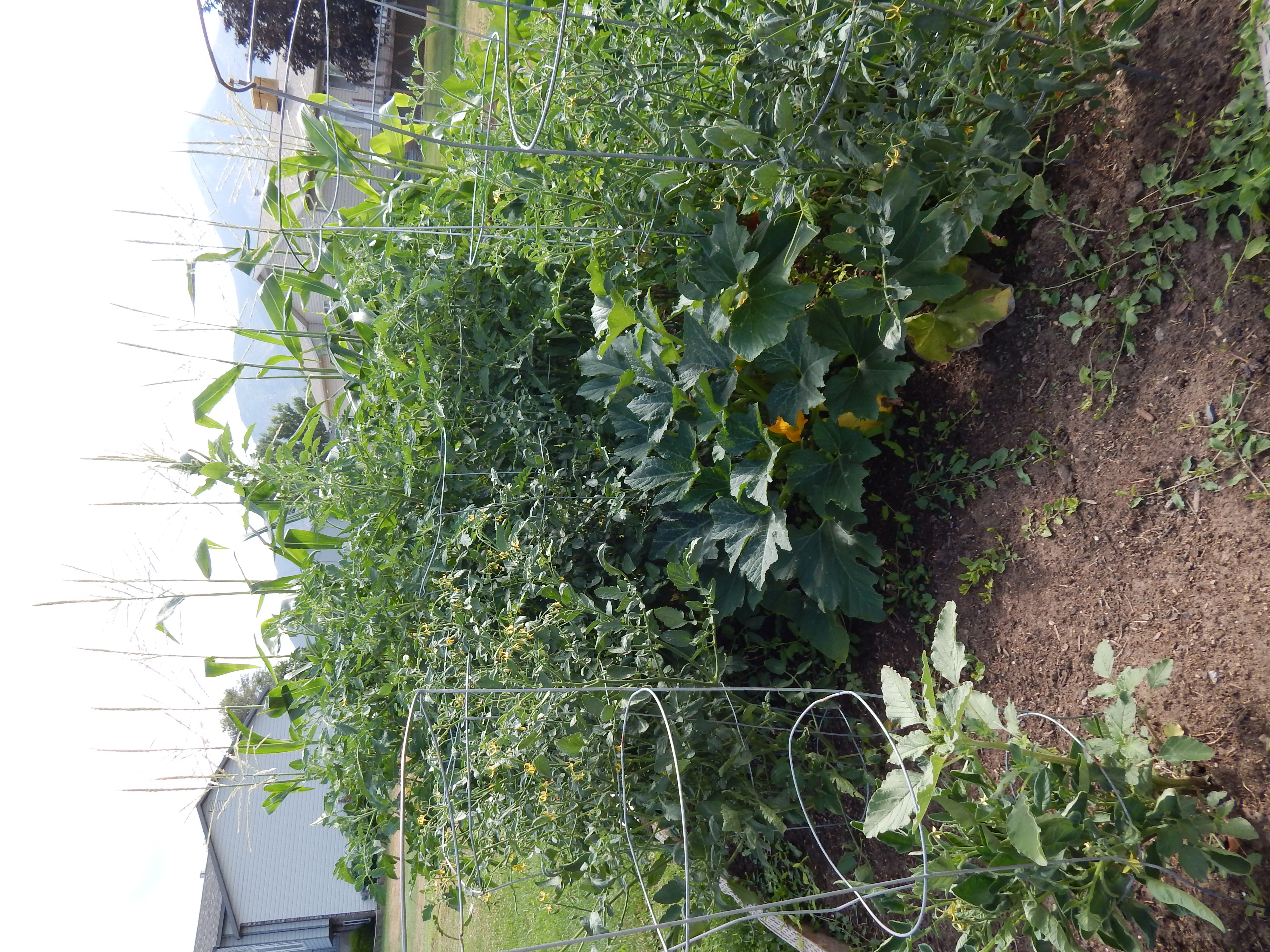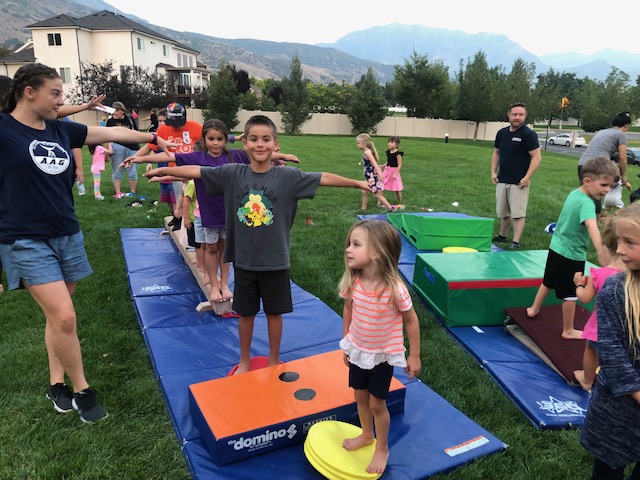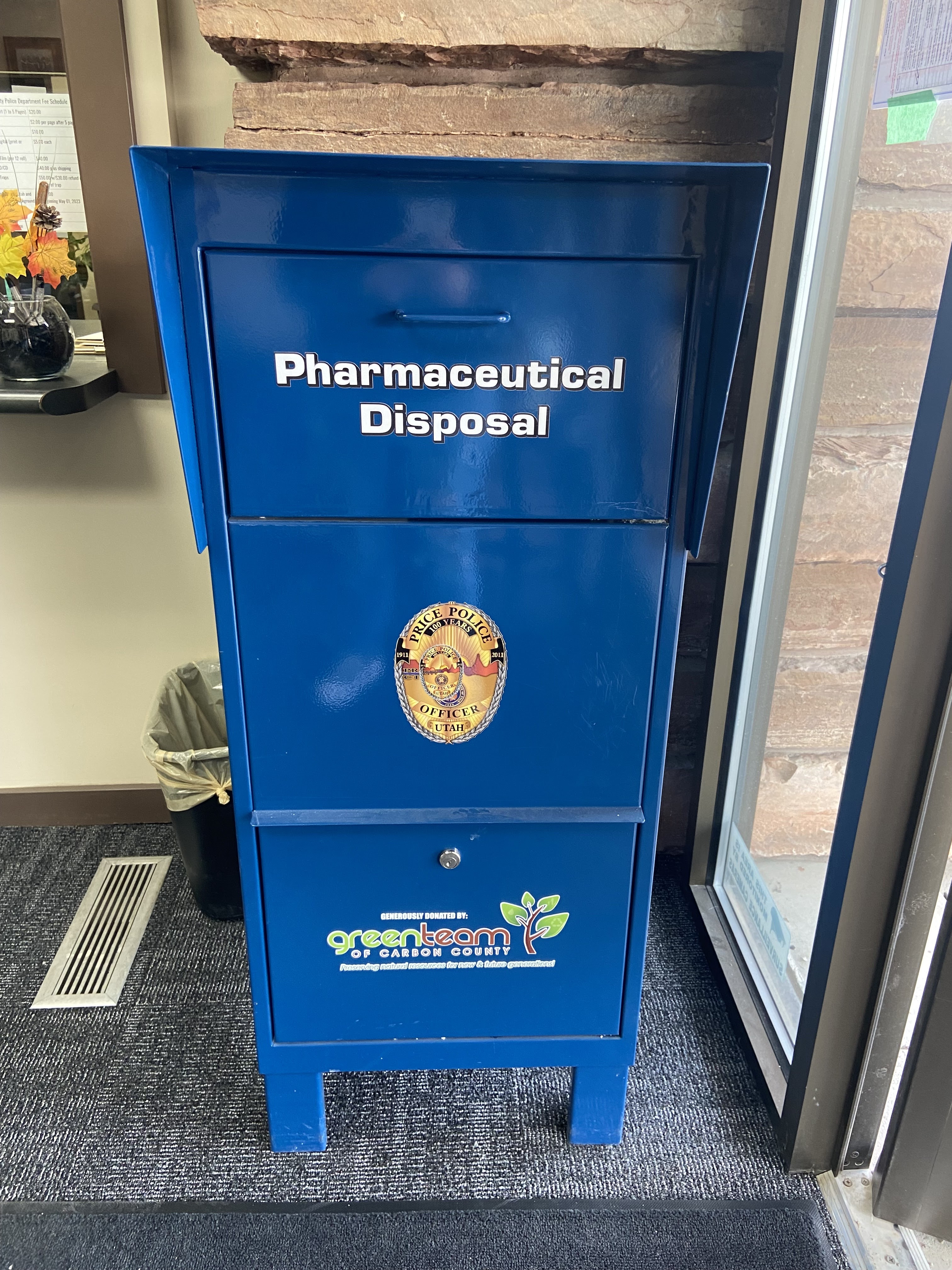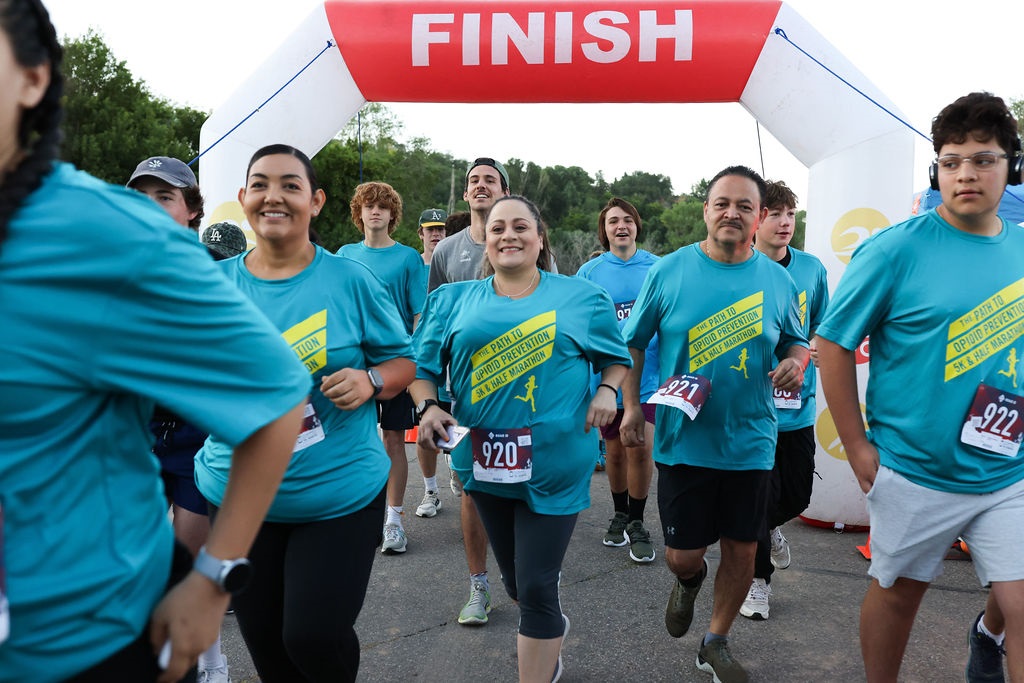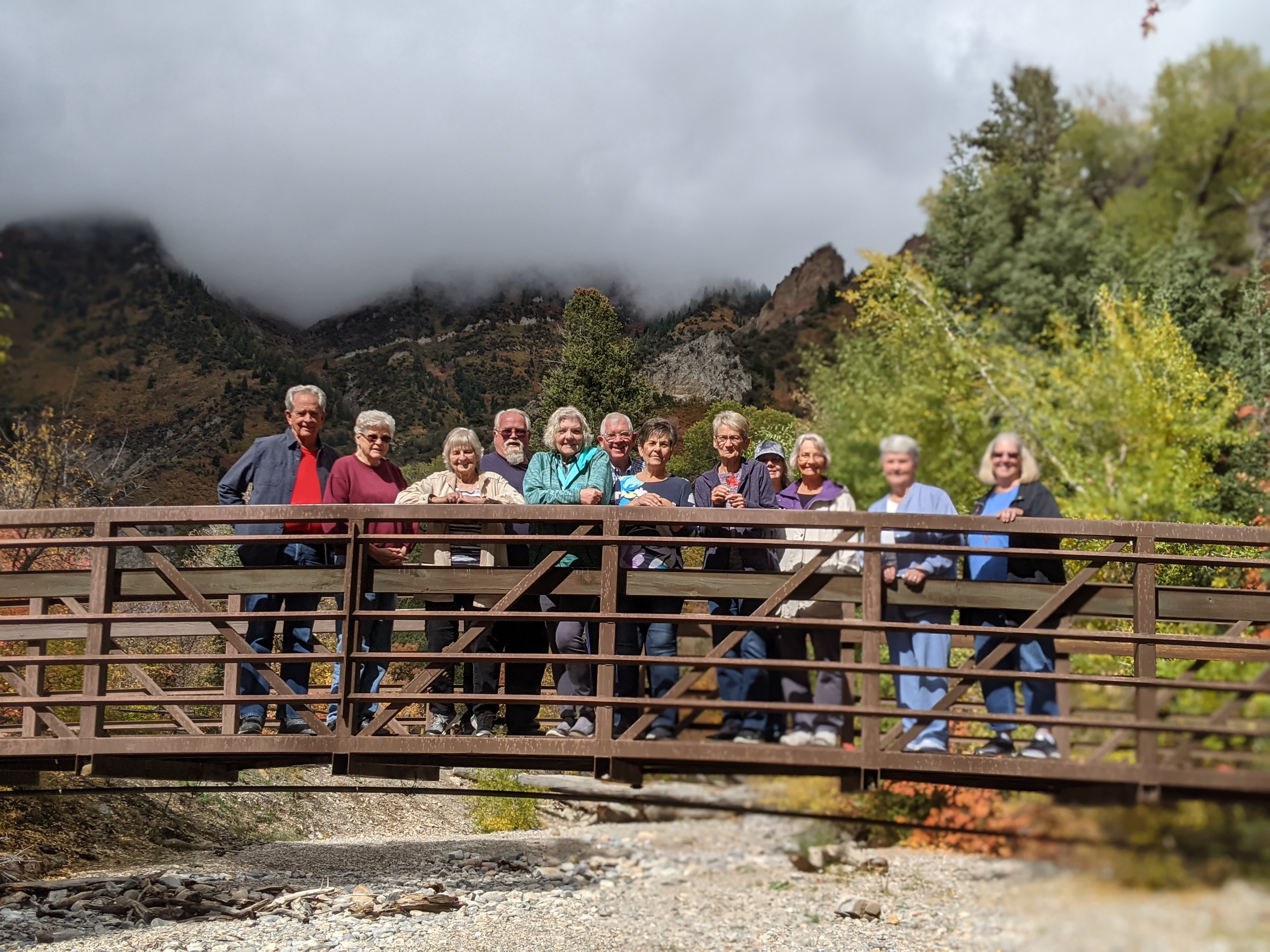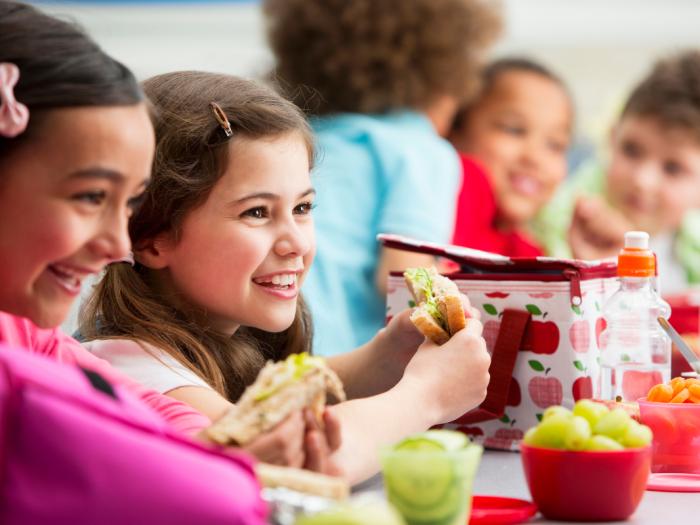Key Takeaways:
- Utahns are in a mental health crisis and need the healing and social connection that arts and culture can deliver.
- The arts foster connection, support the healing process, and complement other modalities to improve well-being.
- Current arts projects and initiatives show encouraging results.
Natalie Petersen
Natalie Petersen is the assistant director at the Utah Division of Arts & Museums, a division of the Utah Department of Cultural & Community Engagement. Her passion is strengthening communities through cultural engagement and connecting people with each other, knowledge, and resources to expand opportunities and solve problems.
Utah’s mental health crisis demonstrates that there is great need for connection and healing in our society. Personal interest, along with work in both the cultural and mental health sectors, has led me on an exploratory journey for solutions, and the rapidly expanding field of arts and healing keeps rising to the top. Arts interventions are increasingly used to support health and well-being, because they work – in contributing to improved healthcare outcomes, strengthened social supports, higher levels of patient and staff satisfaction, lower healthcare costs, and improved quality of life.
The arts and healing ecosystem is defined by the National Organization for Arts and Health as “…dedicated to using the power of the arts to enhance health and well-being in diverse institutional and community contexts. Comprised of many subfields and affiliated fields, arts in health supports health as defined by the World Health Organization, as a state of complete physical, mental, and social well-being and not merely the absence of disease or infirmity.”
As I was wrapping up this post, an advisory from U.S. Surgeon General Dr. Vivek H. Murthy was released on “Our Epidemic of Loneliness and Isolation,” which reports the negative effects of loneliness on individual and societal health, and proposes a path to building a stronger, healthier, more connected society.
He emphasizes that “...we have an opportunity, and an obligation, to make the same investments in addressing social connection that we have made in addressing tobacco use, obesity, and the addiction crisis.” Arts and culture can support multiple pillars as outlined in the advisory, such as Strengthening Social Infrastructure in Local Communities, Mobilizing the Health Sector, and Building a Culture of Connection. Project Unlonely through the Foundation for Art and Healing is one example of an organization addressing the epidemic of loneliness by using creativity as a means of connection.
There is a wealth of data on the efficacy of the arts in fostering connection, supporting the healing process, and complementing other modalities to improve well-being. And, there are researchers who are evaluating this data. One researcher I follow is Dr. Stacey Springs, the research integrity officer for the Faculty of Arts and Sciences at Harvard University. I heard her speak at a conference a few years ago, where she explained her partnership with the Rhode Island Department of Health and Rhode Island State Council on the Arts to review evidence and gaps in the field of arts and health, which guided many arts and health initiatives. One such example of research surrounding music in healing is explored in a co-authored study, “Music in the Treatment and Management of Serious Mental Illness: A Global Scoping of the Literature.”
As I reflect on societal issues and the need for connection and healing, I ask again: Why does the field of arts and healing matter? The answer that surfaces is, from individual to global scope, we fundamentally and desperately need the healing and social connection that arts and culture can uniquely deliver.
I recently encountered some very sobering statistics in Utah’s Mental Health System report by the Kem C. Gardner Policy Institute, including Utah having a higher rate of adult mental illness than any other state; suicide being the leading cause of death for Utahns ages 10-24; and nearly 60% of Utah’s depressed youth aged 12-17 not receiving treatment for depression. We’ve all heard of – and likely experienced, to varying degrees – how rough the pandemic was on all dimensions of health. But this report was published in 2019, before COVID. When I saw this data, I was floored, considering the multifaceted implications to individuals and society as a whole.
As with many problems, both causes and solutions are often complex. Are Utahns aware of these statistics that define our state in such an unflattering way? Unfortunately, there is still such stigma surrounding mental health that it’s a harder topic to address than, say, high blood pressure. This stigma keeps people from getting help.
How can arts and culture aid in destigmatizing mental health issues? They provide a platform or space for confronting these issues, as well as the tools and means of expression for exploration, often within a supportive community. One particularly interesting article, Arts, Culture, and Community Mental Health, examines the impact of creative placemaking on mental health, including domains such as stigma, trauma, community-level stress, depression, substance use disorders, and cultural identity. The “100 Stone Project” is shared as a relevant example of a statewide initiative in Alaska to raise suicide awareness. Stories of illness, trauma, grief, and disability were shared by those identified as “the most vulnerable community members.” Artists created plaster casts of the individuals in various poses, providing physical representations as both recognition of their experience and focal points to stimulate awareness and open dialogue.
Another broad and ambitious initiative was led by The Center for Arts in Medicine at the University of Florida entitled “Creating Healthy Communities: Arts + Public Health in America.” This three-year national project began with collaboration, bringing together “...over 300 thought leaders from the arts and culture, public health, and community development sectors to explore current practices, priorities, evidence and policy changes needed to enable community-based practice at the intersections of the arts and public health.” The next steps were Discovery (a multifaceted research strategy), Translation (development of a variety of resources based on the research), and Dissemination (extensive communications strategies to make the resources widely available).
Many efforts like those described are taking place worldwide. I have observed a gradual shift recently – evidenced by increased public dialogue, dedicated resources, and legislation fueled by COVID – of bringing public health (including mental health) to the forefront of public awareness. Professionals from a variety of fields are working valiantly to address the problems surrounding mental health. A growing number of quantitative and qualitative studies published in peer-reviewed journals provide evidence of the benefits of arts and culture to patients, caregivers, and community groups, and they are being integrated into plans for individual and community well-being and health. Some doctors dispense “social prescriptions” for patients to create, relax, and connect with others, based on evidence that they improve patient outcomes and decrease medical costs.
Local work in this arena is encouraging, such as the Creative Arts Program at the Huntsman Cancer Institute; a recent University of Utah student exhibition called “2023 Healing Art Exhibit: Managing Burnout” (based on a model from the UC Irvine Healing Arts Program); and multiple wellness programs in visual arts, music, dance, writing, and other forms of creative expression that promote health and well-being offered by cultural organizations throughout the state. One powerful effort to help address the problem of youth depression and suicide is Utah Shakespeare Fesival’s tour of the life-affirming play “Every Brilliant Thing,” offered to every public high school in the state. It’s wonderful to see initiatives that foster healthy creative expression, destigmatize mental health challenges, and foster connection.
Even closer to home are programs such as A Lifetime of Arts Elevated: Creative Aging, Poetry Out Loud, and the Measurement of Museum Social Impact offered through my work at the Division of Arts & Museums. Our division, along with our parent agency, Department of Cultural & Community Engagement, offers a rich variety of programs and services to support the health and well-being of Utahns. Some of these fall within the traditional realm of arts and healing, while others have a focus on sparking curiosity, learning, and the healing balm of social connection.
A few of these include UServeUtah’s Healthcare Corps, where community health workers provide vital health education, including social resources to improve patient lives; Utah STEM Action Center’s Innovation Hub, which builds a social network of curious, creative minds; and the Utah Division of Multicultural Affairs’ community convenings. My hope is that with increased awareness of the value and availability of these resources, Utahns can use them to – individually and collectively – move toward greater healing.
_300x220.jpg)
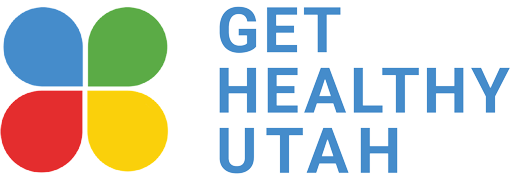
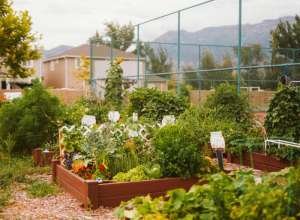
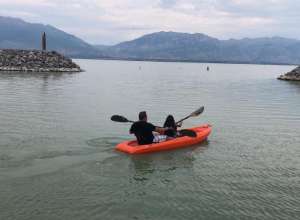
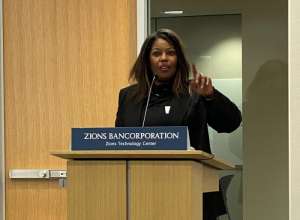
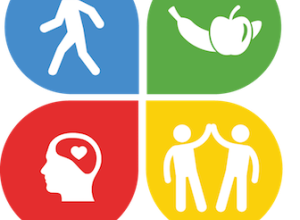
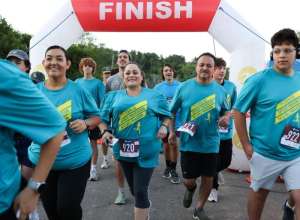
_300x220.jpg)
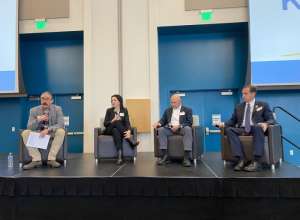
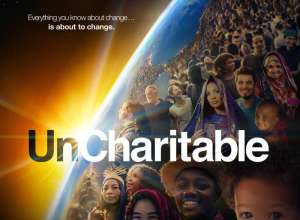
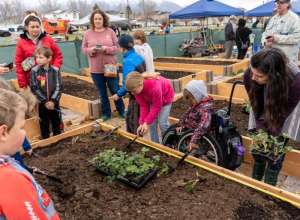
_300x220.jpg)
_300x220.jpg)
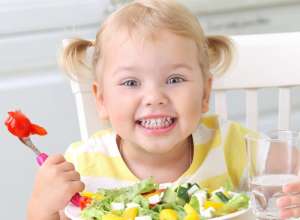
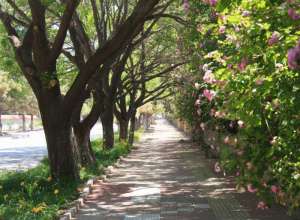
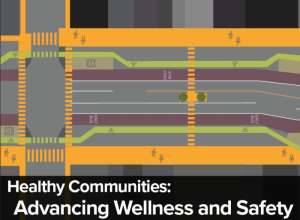
_300x220.jpg)
_300x220.jpg)
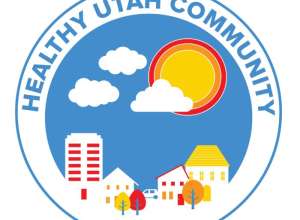

_300x220.png)
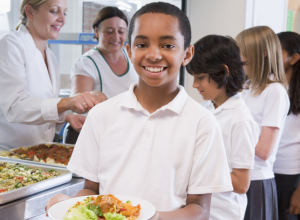
%20(1)_300x220.jpg)
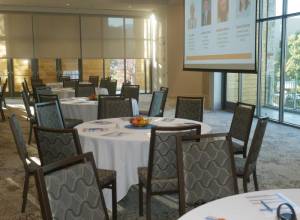
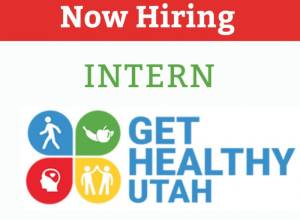
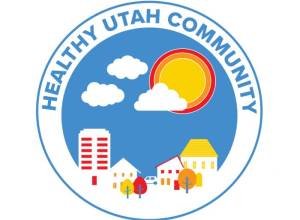
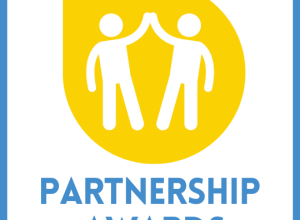
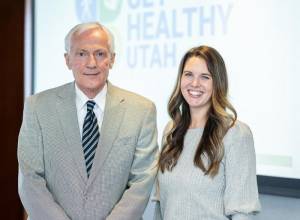
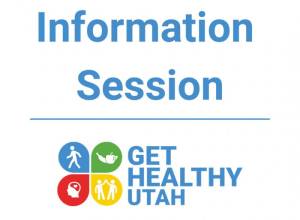

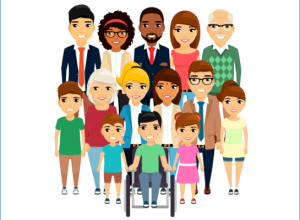
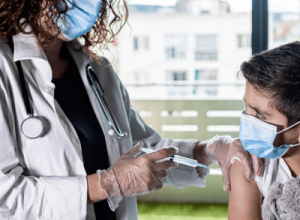
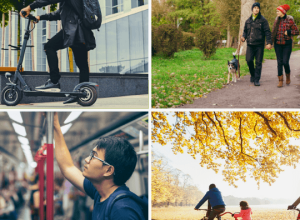
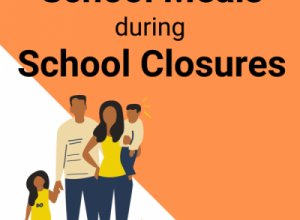
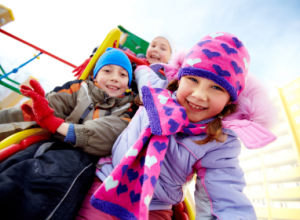
.jpg)


.jpg)
